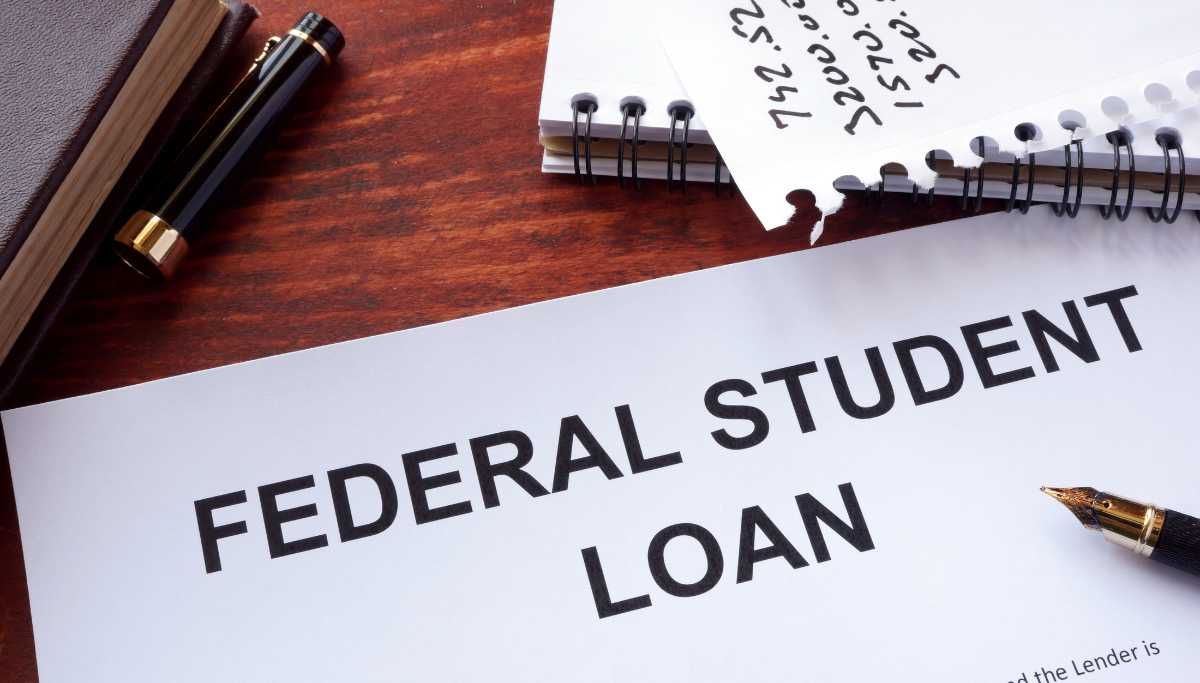Defaulted Federal Student Loans Could Cost You That Tax Refund. In order to pay off those debts and set some money aside in a rainy day fund, you expected a big return on your taxes. The money, sadly, never turned up. What took place?
Your refund may have gone toward an unpaid bill decided by the government – your unpaid student loan.
When you have not made a deposit in 270 days, your federal student loan is deemed to be in default. When it occurs, the federal government has the right to demand the tax refund as reimbursement against the debt in a mechanism known as an administrative offset. In essence, if you are not trying to cover what you currently owe to the government, the government would not offer any tax refunds back to you.
If you’ve lost an offset tax refund, you aren’t alone. Default rates on student loans are similar to 11 percent, giving the government plenty of offset expectations. For nearly 1.3 million defaulted student loans, the Treasury Department executed $2.6 billion in tax refund offsets in fiscal 2017.
When the loan goes into default, the Department of Education will alert the Treasury Department. By giving you a written note of the plan to garnish your tax refund, the Internal Revenue Service (IRS) will follow through. Details on the debt and how to appeal the ruling would be included in the notice.
Refund garnishment can be particularly rough on low-income student loan borrowers. Tax benefits such as the Earned Income Tax Credit (EITC) benefit low-income Americans, and they can ill afford to lose them. College wasn’t the ticket to higher wages for many of these Americans, only a ticket to higher debt without a proper return on investment.
If you’re challenged with a notice of intent to garnish your tax refund, what do you do? To check that all the debt information is right and that you actually owe the money by default, begin by checking the IRS note.
Suppose the debt is not yours because there is a good justification that the taxes should not be deferred, such that you have already formed a loan repayment plan and are now making contributions. In that case, you should apply to the Department of Education for the decision. In the IRS note, directions for appeal will be given. You have to file a written appeal for review at the address on the offset note in order to place a hold on the offset while you appeal. After the notification date, you have 65 days to file. If you have submitted and obtained a copy of the credit file, the date will be 65 days after the submission of the notice or 15 days after the receipt of the credit list.
Unfortunately, you do not have many options if the defaulted student loan debt is truly yours. In the Department of Education, you may apply for a disability, arguing the argument that garnishing your tax return causes you undue financial difficulty due to extraordinary circumstances. The method can, however, be very long, and suffering is scarcely given.
Avoiding default in the first place is the safest way to secure your tax return. There are several choices for keeping off the default provided by the Department of Education. Repayment arrangements based on wages allow you to scale the payments to your discretionary income. When you’re in a position that you can’t pay at all, solutions are even available for deferment and forbearance.
The hardest thing you can do when it comes to paying off your student loans is nothing. Being diligent is the best thing you can do to tackle your student loan debt. It is no passive practice to pay it back. Rest assured, the government will do something before the situation is fixed, including collecting the tax refunds. Now you know Defaulted Federal Student Loans Could Cost You That Tax Refund.










0 Comments